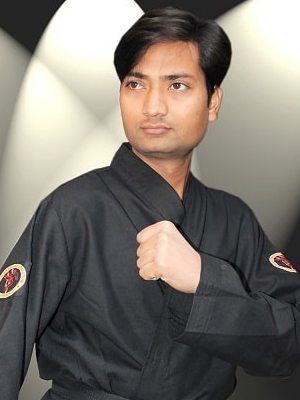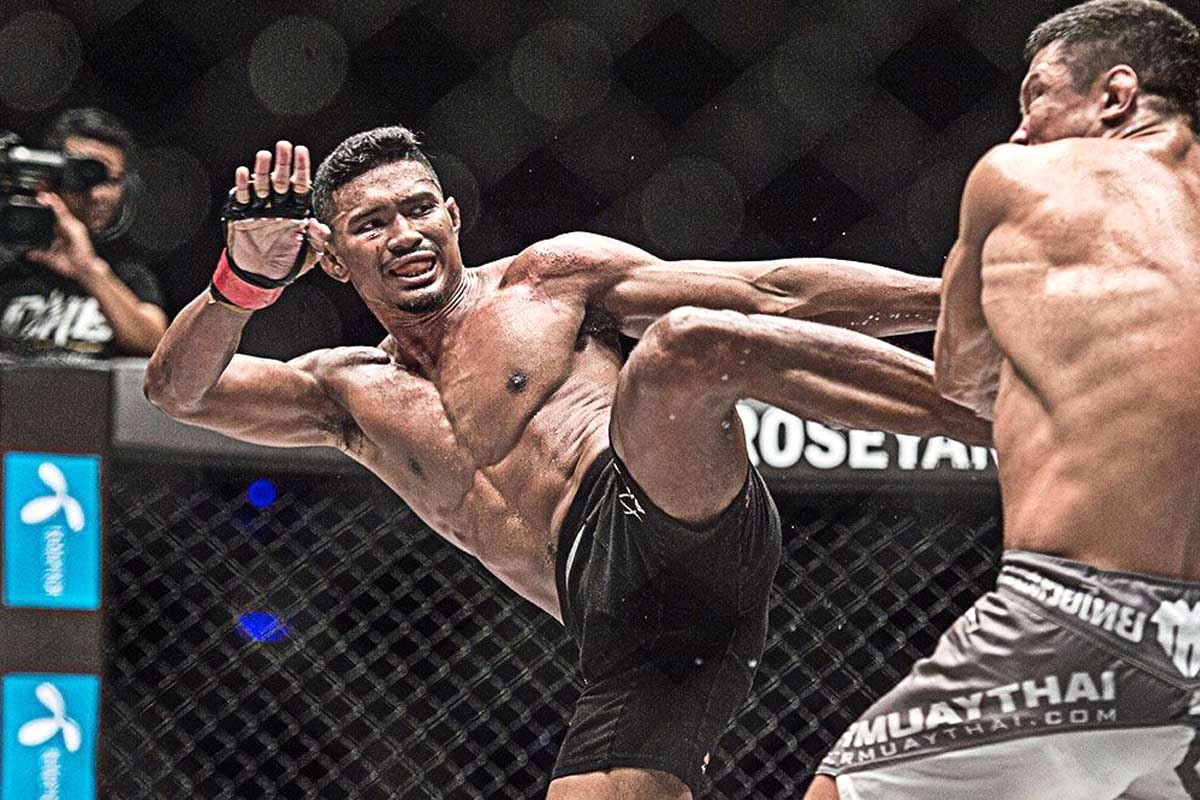MMA Mixed Martial Arts is a full-contact combat sport that includes striking, grappling, and ground fighting techniques from various combat sports around the world. The term “Mixed Martial Arts” was first used in 1993 by television critic Howard Rosenberg in his review of the UFC.
In the early 20th century, there were various inter-style competitions throughout Japan and Eastern Asian countries. Around the same time in Brazil, an event called “Vale Tudo” took place, which involved unrestricted fights between different styles such as Judo/Brazilian Jiu-Jitsu, Catch Wrestling/Luta Livre, Muay Thai, and Capoeira.
MMA Mixed Martial Arts History
At first, people criticized MMA, saying it was too violent and had no rules. But over time, it changed its image and became really popular. Now, it’s one of the fastest-growing sports to watch, with events happening all around the world, including in every state in the U.S.
MMA The Mixed martial arts is a kind of fighting that mixes moves from different sports like boxing, wrestling, judo, jujitsu, karate, Kassido, Muay Thai, and more. Long ago, around 648 BCE, in the old Olympic Games, there was something called pankration. It was like the military training for Greek soldiers and was seen as the main fighting sport in ancient Greece.
Pankration was a really hard sport. It combined wrestling, boxing, and street fighting. In fights, people could kick and hit opponents who were on the ground, but biting and poking in the eyes were not allowed. The fight ended when one fighter surrendered or got knocked out. Sadly, sometimes fighters died during matches. Pankration was very popular at the ancient Olympics.
In 393 CE, a long time ago, the Roman emperor Theodosius I stopped the Olympic Games, and that was the end of pankration being a popular sport. But much later, in the 20th century, in Brazil, a similar fighting style came back in a sport called vale tudo, which means “anything goes.” Two brothers, Carlos and Hélio Gracie, started teaching jujitsu in Rio de Janeiro in 1925, and they got famous for it.
They even put out a challenge in the newspapers, saying, “If you want a broken arm or rib, contact Carlos Gracie.” They were ready to fight anyone who came forward, and their fights, which were a lot like pankration, became so big that they had to move them to huge soccer stadiums to fit all the fans.
Many people in North America first learned about MMA when the Gracie family from Brazil introduced their special Brazilian jujitsu to the United States in the 1990s. Royce Gracie, Hélio’s son, represented the family in a big tournament called UFC 1 in 1993, which took place in Denver, Colorado. UFC stands for Ultimate Fighting Championship, and it’s the main group that organizes MMA fights.
At the beginning, UFC matches were about putting fighters from different styles against each other, like a wrestler fighting a boxer or a kickboxer fighting a judoka. The only rules were no biting and no poking in the eyes.
Fights ended when one fighter gave up or their corner threw in the towel. Royce Gracie won UFC 1, which happened in a cage at Denver’s McNichols Arena. It was the first time UFC was on pay-per-view TV, and 86,000 people watched it. By the third event, that number grew to 300,000 viewers.
“UFC Evolution: Transformational Shifts of 2001”
The UFC used to advertise itself as a really tough sport where anything could happen. It was very violent, which made a lot of people, like U.S. Senator John McCain, really mad. He even called it “human cockfighting” and wanted to stop it. Then, in 2001, new people started running the UFC. They made some new rules to make the sport safer.
They added things like weight classes, rounds, and time limits, and they made more things against the rules. The UFC changed a lot. It wasn’t just about tough guys fighting anymore. The new fighters were trained in boxing, wrestling, and martial arts. They had to work really hard to be good at it.
In the United States, the UFC started following rules like boxing did. Organizations like the Nevada State Athletic Commission and the New Jersey State Athletic Control Board started overseeing it. Even McCain stopped fighting against MMA and said in 2007 that it had gotten better.
In the beginning, the UFC didn’t make much money, but later on, it became very profitable. From 2003 to 2006, there were three big fights between two famous fighters, Randy Couture and Chuck Liddell, which happened at UFC 43, 52, and 57. These fights made MMA and the UFC more popular. Another thing that helped the sport was a TV show called The Ultimate Fighter, which started in 2005.
On this show, fighters who wanted to join the UFC competed. They were split into teams and coached by famous fighters. They all lived together and fought each other, with the winner getting a contract with the UFC. From 2013, women also joined The Ultimate Fighter, both as coaches and as competitors.
MMA Rules And Regulations
The UFC played a big role in making rules for MMA that are used all around the world. By 2009, organizations in the United States and many other places agreed on rules called the Unified Rules of Mixed Martial Arts. These rules say that fighters can compete in a ring or a fenced area. They wear gloves with no fingers, but they don’t wear shoes or headgear.
They can hit, throw, kick, or wrestle with their opponent, either standing up or on the ground. But there are things they can’t do, like head-butting, poking someone’s eye, biting, pulling hair, or hitting the groin.
They also can’t hit certain parts of the head or back, or use certain moves when the opponent is on the ground. If a fighter breaks a rule, the referee can warn them, take away points, or even disqualify them, especially if it’s a serious foul.
According to the Unified Rules, regular MMA fights last for three rounds of five minutes each, with a one-minute rest between rounds. But championship fights have five rounds. A fighter can win by knocking out the other or by making them give up, either by tapping with their hand or saying they’ve had enough.
If the fight goes on until the end without a knockout or submission, judges decide the winner. They use a system similar to boxing where the winner of each round gets 10 points and the loser gets fewer. In the United States, referees and judges for MMA are chosen by state athletic commissions. These commissions also do medical checks and test for drugs on fighters.
Different MMA organizations have different weight classes. In the UFC, there are nine weight classes for men. They have limits on how heavy a fighter can be: strawweight is up to 115 pounds (52 kg), flyweight is up to 125 pounds (57 kg), bantamweight is up to 135 pounds (61 kg), featherweight is up to 145 pounds (66 kg),
lightweight is up to 155 pounds (70 kg), welterweight is up to 170 pounds (77 kg), middleweight is up to 185 pounds (84 kg), light heavyweight is up to 205 pounds (93 kg), and heavyweight is up to 265 pounds (120 kg). Although the UFC doesn’t officially have a super heavyweight division for fighters heavier than 265 pounds, some other MMA organizations do.
For women in the UFC, there are only two weight classes: strawweight for fighters up to 115 pounds (52 kg) and bantamweight for fighters up to 135 pounds (61 kg). But other MMA organizations have women’s fights in more weight classes, like featherweight for up to 145 pounds (66 kg) and atomweight for up to 105 pounds (48 kg).
MMA Sport & Organization
The UFC, which is a big sports company located in Las Vegas, Nevada, is very important in the world of mixed martial arts (MMA). It arranges many live events every year, and its pay-per-view shows are watched by people in about 130 countries.
The UFC started in 1993 and was bought by Zuffa Inc. in 2001 for $2 million. Then, it got bigger quickly. Dana White, who is the President of the UFC, became very famous in the sport. Later, in 2016, the UFC was sold to a company called WME-IMG for $4 billion.
In 2006, the UFC wanted to take advantage of MMA’s growing popularity, so it bought other MMA organizations like the World Fighting Alliance (WFA) and World Extreme Cagefighting (WEC). Then, in 2007, the UFC also bought a company from Japan called Pride Fighting Championships (known as Pride).
The UFC got rid of the WFA, but kept the WEC until 2010. They had a plan to make a big competition between champions from Pride and UFC, but it didn’t work out well. Even though Pride was shut down, the UFC got some good fighters from there.
Apart from the UFC, there are many other professional MMA groups. One of the big ones is Bellator MMA, based in Newport Beach, California. It started in 2008. There’s also ONE Championship, which is in Singapore. It’s famous for promoting top MMA fighters in Asia. In the United States, there’s Invicta Fighting Championships. It’s all about female MMA fighters and started in 2012.
The International Mixed Martial Arts Federation (IMMAF) began in 2012 in Sweden. It’s there to help the sport grow and be the main group governing amateur MMA worldwide. More than 40 countries are part of IMMAF. Every year, IMMAF organizes the World Championships of Amateur MMA and keeps a list of the best amateur MMA fighters in the world. IMMAF wants to see MMA become part of the Olympic Games in the future.

Martial arts trainer Karatians School India, Thank you for reading this post. This website is about martial arts, sports, and entertainment. Its goal is to make more people aware of martial arts and help them become self-reliant.

